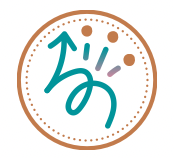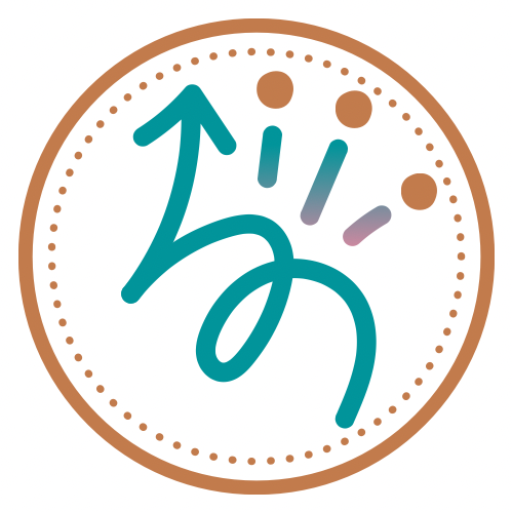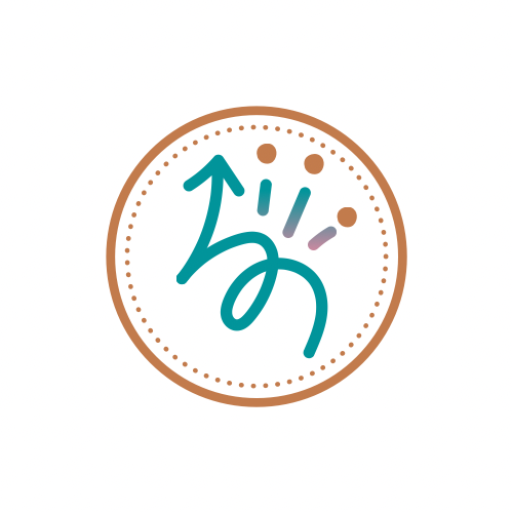Fine Motor Thanksgiving Art Project
I love it when a quick to set up art project incorporates a lot of fine motor. This occupational therapy-based Thanksgiving art activity is great for handwriting, and encourages the use of the pincer grasp among other skills. A quick and easy setup for kids to enjoy this Thanksgiving.

This content is not intended as a substitute for medical advice, diagnosis, or treatment. Always seek the advice or your physician, therapist, or other health professional regarding a medical condition or treatment. See full disclosure here.
All links in this post are non-affiliate links, and are provided for your convenience.
It’s hard to believe that Thanksgiving is here, and the holidays are just around the corner. Thanksgiving is my favorite holiday of the year. I love gathering with friends and family, and the smell of all the goodness in the oven.
With all the cooking, baking, and the items on our to-do lists, sometimes it’s nice to have a quick and easy project for the kids. This Turkey Day art project just needs a few items to get started and is super quick to set up.
I used dried beans to decorate the turkey; however, you can use other small items you have on hand. For example, you can use beads, dried noodles, decorative art sequins, or even go on a quick search outside looking for small rocks, tiny leaves, or small pieces of broken sticks.
Since this project uses small objects it is recommended for older children over the age of 3 years due to choking concerns.

DIY Holiday Projects Coming Soon
Before we get started on discussing this project, next month I will be adding a do-it-yourself fine motor ornament to the blog along with 5 sensory tips for the holidays for both adults and children. Make sure to check back, and sign up for the DIY Newsletter to stay up to date on all the projects.
Important Notes About The Project
Okay, so back to the project. For children who are working on handwriting skills, I recommend cutting a couple Q-tips in half, and use those to place glue where needed. Cutting the Q-tips in half will encourage the use of a more functional tripod grasp. Using small utensils can also help develop and strengthen the small muscles in the hand for handwriting. For example, using short pencils and breaking crayons in half is a great way to encourage the use of a more functional pencil grasp.
Also, consider using cardboard as provides more support for some of the heavier decorating materials such as the dried beans or small pebbles rather than cardstock.
Lastly, tracing an adult hand will provide more decorating surface area than a child’s hand. Keep that in mind when planning this project as well as the attention span needed to complete this project. Of course, this activity can be completed in phases and doesn’t have to be completed all in one sitting.
Fine Motor Skills
This is a great project not only because of the fine motor skills it uses, but it’s a speedy set up as well. And honestly, sometimes that’s just what is needed around the holidays. This Thanksgiving themed project works on not only the pincer grasp, but also bilateral coordination, tracing skills, and encourages the tripod grasp among others. Let’s look at some of these skills a little deeper and how they relate to this project.
Turkeys And Fine Motor Skills
Pincer Grasp
The pincer grasp starts to develop around 8-10 months of age, and is an important skill for handwriting. When fully developed, the pincer grasp uses the tips of the index finger and thumb to grasp small objects. Furthermore, this type of grasp is also important for school-based skills such as handwriting skills, holding feeding utensils, picking up small objects, and dressing skills such as manipulating buttons and zippers.
This art activity repeatedly encourages the use of the pincer grasp while picking up dried beans or beads; therefore, making it a great activity to help strengthen the small muscles in the hand that are required for handwriting.
Bilateral Coordination
Bilateral coordination is the ability to use both sides of the body together in an activity. This is an important life skill needed for completing tasks and activities throughout the day. For example, bilateral coordination is needed for food prep (ie: peeling potatoes and mixing a bowl of dough), buttoning, sports, and school-based skills such as scissoring.
Bilateral coordination skills are used during this activity while the child traces their own hand as well as when tracing someone else’s. When tracing another person’s hand, typically children will hold the fingers in place to stabilize while tracing around the fingers.

Check Out These Fine Motor and Upper Body Resources:
Ideas For Grading This Project
Here are a few ideas for making this fine motor project a little easier and ways to make it a little more challenging.
Tracing
To make the body of the turkey, the child can either trace their own hand, trace the hand of an adult or another child, or can be provided with hand over hand assistance to help guide the child in tracing around the fingers.
Color Identification
Placing beans or other decorations in separate containers can make it easier to find a certain color. On the flip side, placing all decorations in the same container can make it a more challenging task.
Also, during this art activity, the therapist or caregiver can name a color. Then have the child search for the correct color. In addition, have the child identify which color they have chosen before placing it on the turkey.

How To Make This Project
Materials Needed
- Various types of dried beans, beads, decorative sequins, dried noodles, or even small items found in nature (small twigs, stones, leaves or flowers)
- Bowl(s) to hold beans or beads (one bowl for all or one bowl for each color)
- 2-3 Q-tips cut in half
- Small paper bowl or plate (for holding the glue)
- Card stock or cardboard
- Glue
- Scissors
- Marker
- Rubber bands (to close open bags of beans)
Steps To Complete This Project
- Collect all materials needed.
- Place beads, beans, sequins, items found in nature, or other decorative materials in a bowl or multiple bowls if you plan to separate beans and beads by color.
- Trace hand print onto either a piece of cardboard or card stock. Of course, an adult sized hand will provide more decorating surface area than a child’s. Provide assistance as needed for tracing. Do not trace the wrist.
- Draw a curved line connecting both sides of the palm.
- Draw a line across the lower to middle part of the thumb as a stopping point for the head so that facial features can be drawn.
- Have the child draw body parts on the turkey including legs, toes,spurs, eyes, snood (beak), and wattle.
- Squeeze a quarter sized amount of glue onto a paper bowl or paper plate.
- If needed demonstrate to the child how to decorate the turkey (decorate the fingers and palm of hand. Do not decorate the entire thumb). Of course, remind the child to use a pincer grasp as seen in the photo.
- Wait for the glue to dry completely and display it for all to see this Thanksgiving.
Stay up-to-date on projects by signing up for The DIY Newsletter, and find me on Pinterest.
Here Are Some Other Fine Motor Projects You Might Be Interested In:













